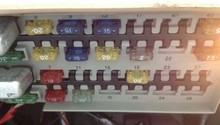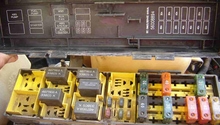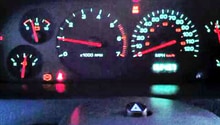Jeep Cherokee 1997-2001: Fuse Box Diagram
Learn about fuse location, inspection, and replacement here.
This article applies to the Jeep Cherokee XJ (1997-2001).
Knowing how to check and change fuses is crucial for car owners because they control electricity flow, and electricity is the life blood of all vehicles. This quick article will teach you to locate, inspect, and replace the fuses on your Cherokee.
Location of the Fuse Boxes
The Jeep Cherokee XJ has two fuses boxes. The first one is located under the hood. It is a black box that is located between the battery and the engine coolant tank. The top to the box is removed by pressing in the tabs as you left the top off.

The second fuse box is located on the interior passenger side of the vehicle, right under the dash board on the right hand side. The panel should be easy to see and is easy to pry off.
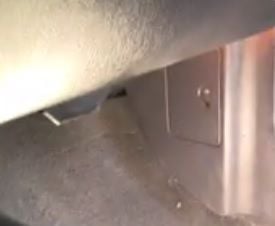
Identifying a Blown Fuse
A blown fuse is pretty easy to identify against a fully functional fuse. If you look at the inside of a fuse between the two prongs, there should be one wire that runs between both prongs. If the wire is fully attached, the fuse should be perfectly fine, but if that wire is damaged or separated then the fuse needs to be replaced. A more sure way to check if a fuse is broken is to buy a fuse tester. The tester will run about $10, but could save you some time and headaches.
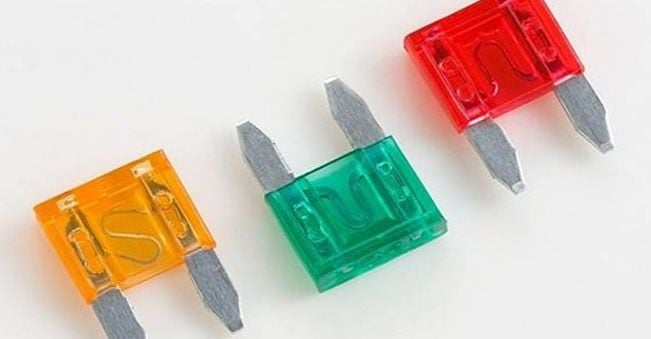
Figure 3. New, fresh fuses. 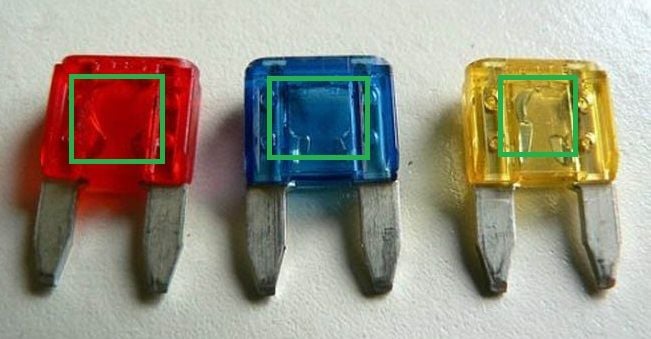
Figure 4. Burned out fuses.
Fuse Box Diagrams
Much key information about the replacement of fuses is located in the owners manual and on the fuse panels. Make sure to pay special attention to the amperage and color of fuses when replacing them.

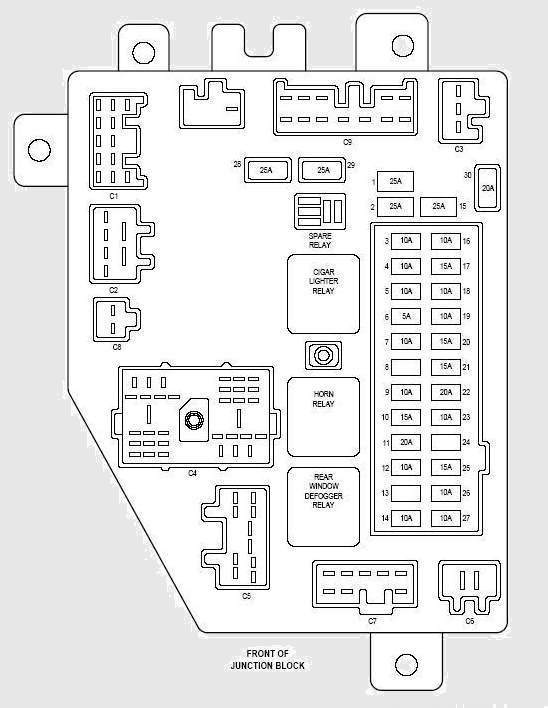
See Figure 7 below for an explanation of the interior fuse diagram.
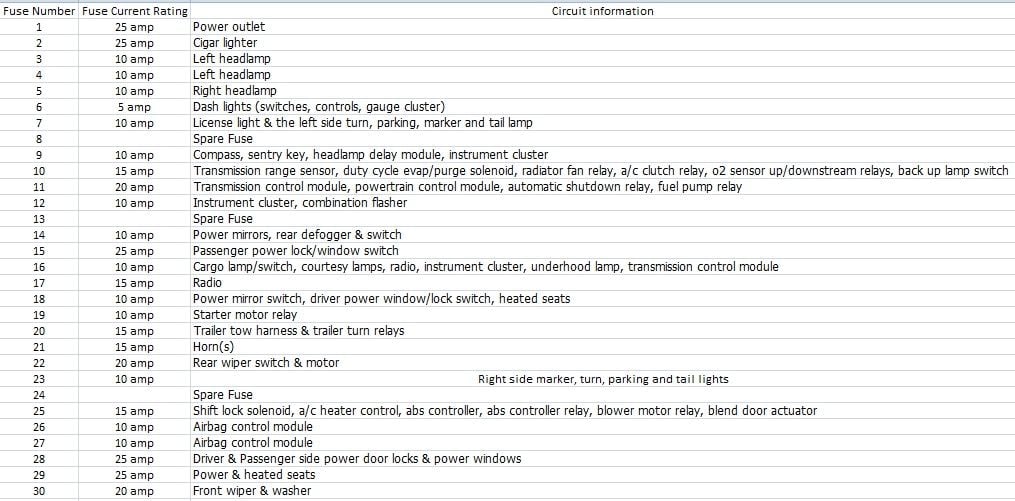
Common Question
How and why did my fuse go bad?
Fuses are used to make sure that an electrical system doesn't draw too much power, exceeding its limit. When an electrical system does try to draw too much power the conjoining fuse will short circuit, stopping the system from functioning. Keep an eye out for consistently blowing the same fuse, which could signify a major electrical issue.
Related Discussions
- 2000 Fuse Box Diagram - CherokeeForum.com
- 1997 Jeep Cherokee Country Fuse Diagram - CherokeeForum.com
- 1998 Cherokee Interior Fuse Diagram - CherokeeForum.com

